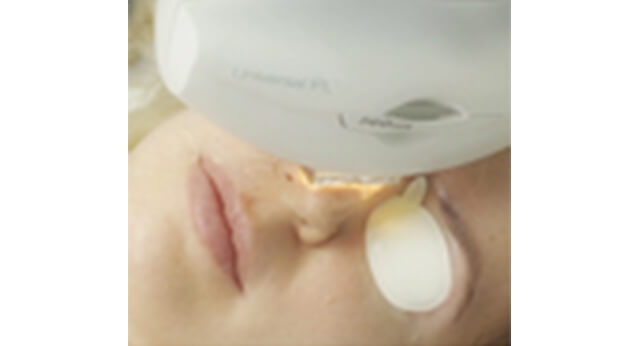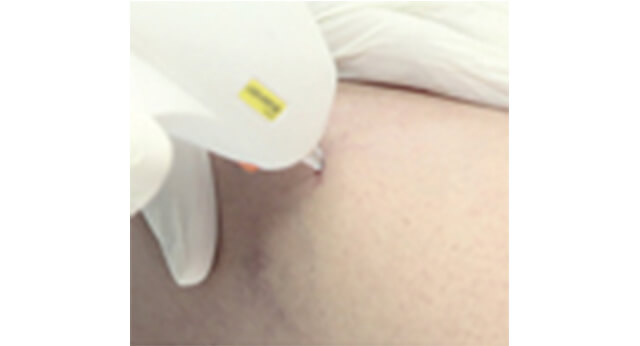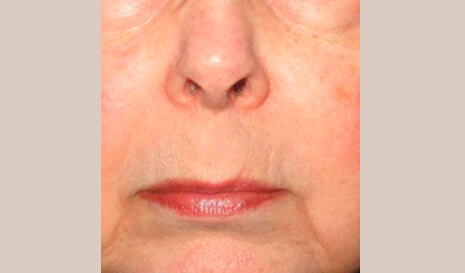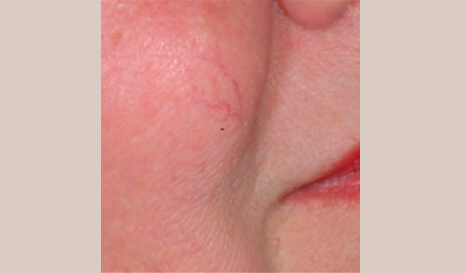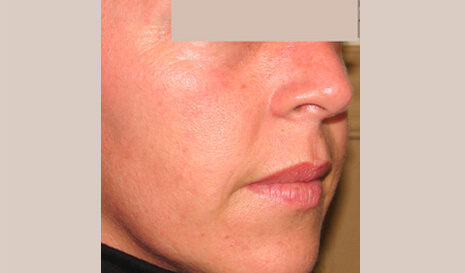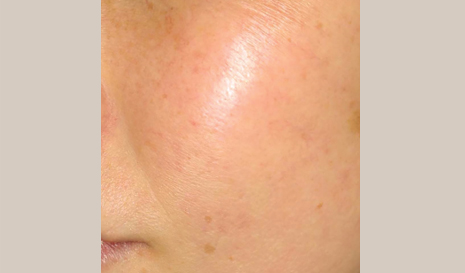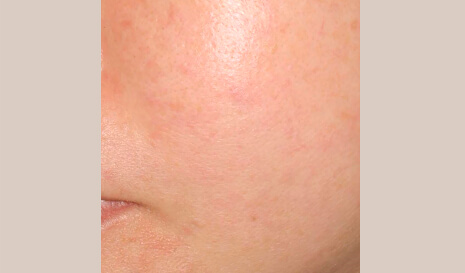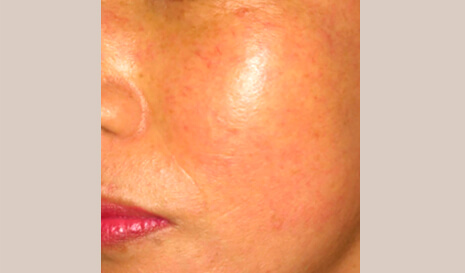Rosacea is a common, chronic skin condition that primarily affects the facial area and is characterized by skin flushing and redness which can be transient or persistent.
What Causes Rosacea ?
The exact cause of Rosacea is yet unknown and many who are affected by it are unaware of their condition. The first symptoms of Rosacea are episodes of skin flushing and redness. In cases where the condition progresses, the face looks like it has a constant blush or sunburn. Additional symptoms of facial Rosacea include the appearance of small red colored bumps or pimples that resemble acne and sometimes cause burning or stinging sensation. It is also quite common that the small blood vessels on the nose and cheeks swell up and become visible. As a chronic condition, Rosacea on the face is characterized by flare-ups and remissions. In severe cases, Rosacea causes skin thickening and textural changes, primarily on and around the nose, and may result in irritable, teary and dry eyes. While less frequent, Rosacea has also been known to affect the neck, chest, scalp and ears.
Who Suffers From Rosacea ?
Millions suffer from Rosacea, which affects all segments of the population, regardless of skin type or color. It is more common in persons of northern and western European descent with a fair complexion and research suggests it may be hereditary. Although it can appear at any age, it typically starts after the age of 30. While more women are diagnosed, men have more severe cases, probably because women seek treatment sooner.
